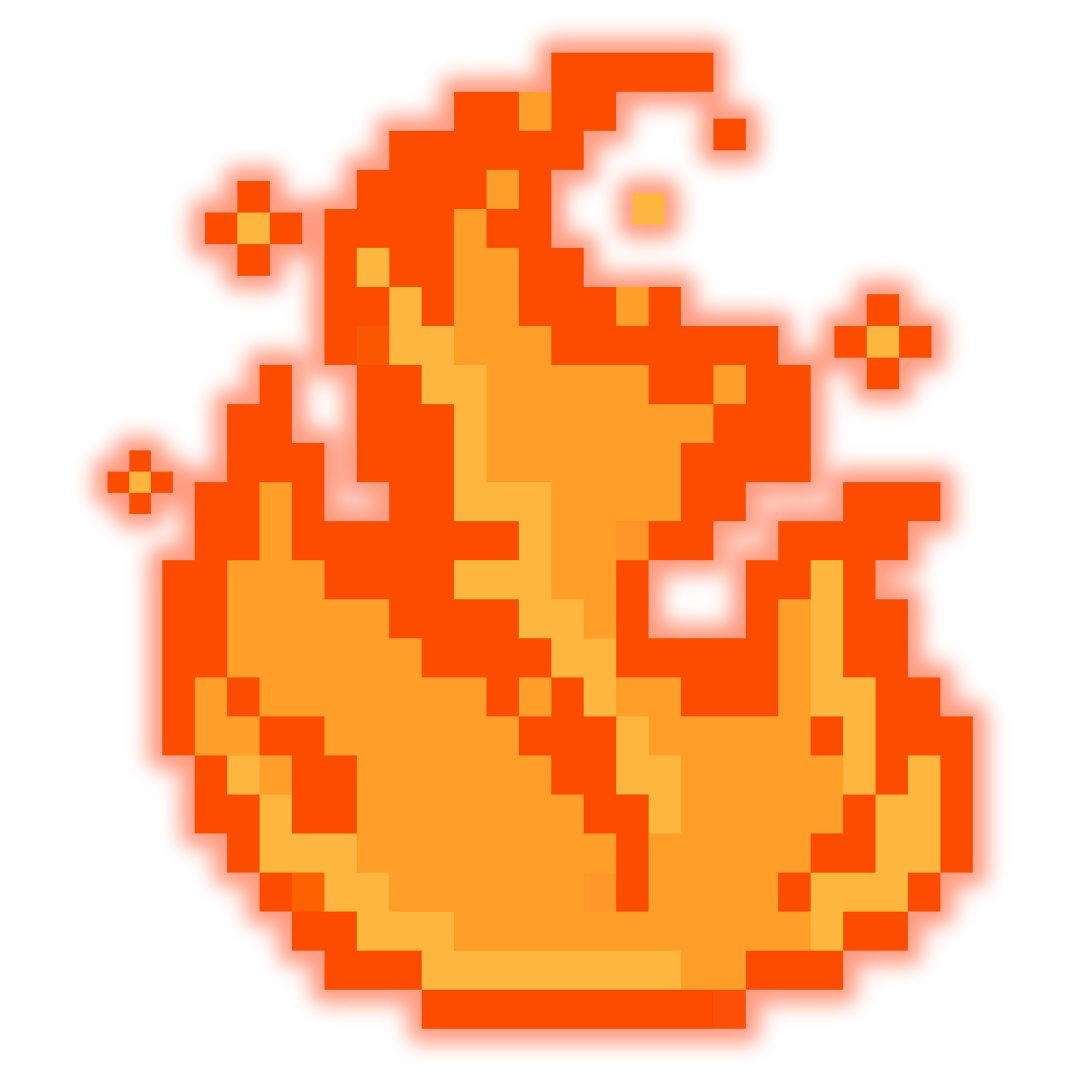- CuriosityQuest
- Posts
- What is Fire, Really?
What is Fire, Really?
You’ve seen it all your life... but do you know what it is?

We see it all the time: flames in a campfire, the flick of a lighter, the warmth of a stove. But what are we even seeing? Is it a solid, a liquid, a gas, or a plasma?
Actually, it’s none of those. Fire isn’t a thing - it’s a reaction. More specifically, it is a self-sustaining chemical process called combustion.
The ingredients of Fire
During combustion, fuel combines with oxygen, which produces heat, light, and both carbon dioxide and water vapor.
In order to have fire, you need 4 ingredients, which are called the ‘Fire Tetrahedron’.
Fuel - Something that can burn (wood, gasoline, paper, etc).
Oxygen - From the air around us.
Heat - Enough energy to start the reaction.
Chain Reaction - A repeating cycle that keeps the fire burning.
If you remove any one, the fire will stop.
What You See and Feel
Heat - The released energy that keeps the fire burning and spreads it.
Light - The flame, which is caused by excited particles that release photons, hence why fire glows.
Smoke - Tiny particles from the fuel that did not fully burn (incomplete combustion).
If someone asked you to explain what fire is, could you explain it?
More Questions to think about:
What is a plasma?
How do volcanoes work?
What is magma?
What is electricity?

Subscribe to CuriosityQuest to Level-Up your Scientific Knowledge! Satisfy your curiosity and learn about topics like Black Holes, Quantum Entanglement, and life on Earth and beyond.
Get your free eBook now by subscribing!
